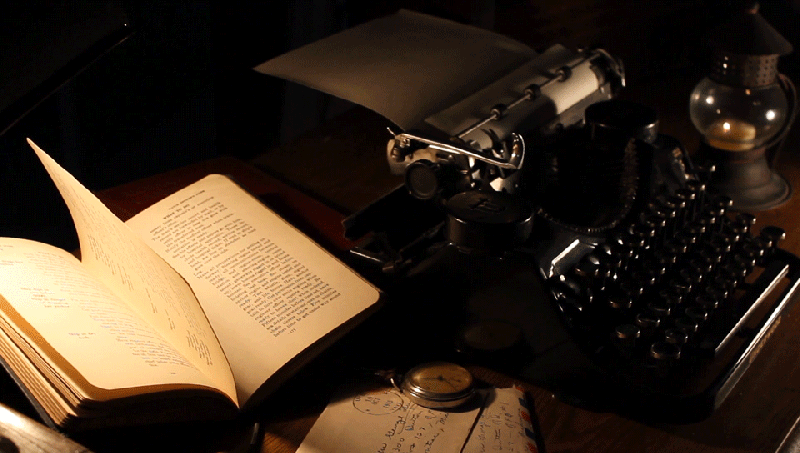Step through the creaky door of your imagination, and enter the KU College haunted house. Our faculty will guide you from room to room, where warring insects, shape-shifting vampires, ghosts and your darkest fears lurk. Enter if you dare.

Crypt of blood suckers:
A mist rises from Potter Lake, as a full moon emerges from behind the dark clouds. You’re sweating, but the air feels cool. At the top of the hill, where Strong Hall normally stands there’s a rickety wooden house. A single light flickers in the upstairs window. Are you dreaming? Battling through the fog, you follow a cobbled path to a stone crypt. A growling sound amplifies behind you. You shift the stone blocking the entrance to one side and slip-in, holding your breath. You’re safe for now. Creeeaaak, a wooden coffin in the corner swings open to reveal a blood sucker. To some, a brooding, young sexy Edward Cullen skulks out and flashes a pout. To others, it’s an older man with almost translucent skin, slicked back black hair, baring two sharp pointy teeth. Or maybe you see an elderly skin-shedding woman, otherwise known as an soucouyant, loogaroo or old hag, readying for a night of flying and blood sucking. The world of vampires is as diverse as the human world, and it’s your fears that control what form they take. How do we know. Because of research by Giselle Liza Anatol, a KU associate professor of English, and Ani Kokobobo, assistant professor of Slavic languages and literatures.
Vampires aren’t just ‘Twilight’ sexy or ‘Dracula’ old, new book finds

Cellar of creepy crawlers:
A path takes you from the crypt to the house’s cellar. Spider webs cover the doorway, a low buzz greets you. As you enter, your eyes don’t adjust but you feel tiny legs and some slimy things crawling all over your body. A lit candle in the corner slowly brings the room to view, and it’s covered with insect larvae, beetles and bugs all squirming in different directions. In one corner, a red and white stink bug pierces a beetle larvae. In another, what first appears to be a damaged leaf begins to throb, revealing a cluster of larvae covered by the their own feces as they hide from would be killers. Lucky for you, the bugs are too small to wage war on you. So stop a moment, and think about how this warfare could help explain the mechanics of evolution by learning more about the research of Caroline Chaboo, assistant professor of ecology and evolutionary biology.
Biologists parse evolutionary ‘arms race’ between insects, predators and plants

A typewriter click-clacks in a study:
From the cellar, you climb a ladder up to a dusty old study. A red leather arm chair, a big oak desk where a typewriter sits. Silence. For a second. Then a click. Silence. And then a clack. Click clack, click clack. Faster and faster. An old three-pronged Gothic candle next to the typewriter sparks to life, and the keys bounce up and down, as if pressed by an invisible presence. Suddenly, a ghost emerges from the typewriters’ carriage and drifts towards a bookcase. More ghosts emerge and shriek passed your ears, one cuts right through your body sending chills. As you approach the typewriter, you see the name Peter Straub scratched into it’s body, as if with a knife. And you want to know the stories connecting Straub and these ghosts. Bang! A book falls off the bookcase, the spine shines in the light: “The Gothic Worlds of Peter Straub, by John C. Tibbetts, Associate Professor of Film Studies.”
New book examines America’s greatest ghost-story writer

It’s in your head:
You duck through a small archway, and a door slams behind you. The room is not much bigger than your body. Your shoulders touch each wall, the cold ceiling rests on the tip of your head. And it’s pitch black. You’re stuck, and the hours pass. Tick tock, tick tock. Time begins to melt. And your thoughts begin to take over. Death and decline swirl in your mind. You blame it on new technology. Social media is ruining the world. You long for the good old days, when life was simple. Is it just you who feels that way? “No”, says a voice. It’s Ani Kokobobo, assistant professor of Slavic languages and literatures. “Tolstoy, Chekhov and a bunch of Russia’s most notable 19th century writers had exactly the same problem.
Great 19th century Russian writers and Y2K scare influenced by same anxiety, scholar says

